
You are doing it all wrong. Here’s the right way to use your humidifier
Humidifiers have become a household essential, especially during dry winter months or in regions with arid climates. Maintaining the right indoor humidity is not just about comfort—it’s also crucial for respiratory health, skin hydration, and even protecting wooden furniture. However, many people unknowingly misuse their humidifiers, which can lead to reduced efficiency, health concerns, and even mechanical damage.
Understanding the right way to use a humidifier can make a significant difference. When used correctly, a humidifier can create a healthier, more comfortable indoor environment while improving air quality and helping you breathe easier. This guide covers the most important tips for proper humidifier care and operation—so you can enjoy its benefits safely and effectively.
1. Use Distilled Water, Not Tap Water
One of the most common mistakes is filling the humidifier with tap water. Tap water often contains minerals like calcium and magnesium that can form a fine white dust when dispersed into the air. This dust can settle on furniture, irritate your respiratory system, and even shorten your device’s lifespan.
Using distilled or demineralized water prevents this problem. It ensures that only clean moisture enters the air, which is especially important if you or your family members suffer from allergies, asthma, or other respiratory conditions. The extra purity helps reduce irritation and keeps your humidifier running smoothly.
2. Clean Your Humidifier Every Three Days
A humidifier’s moisture-rich environment makes it a perfect breeding ground for bacteria, mold, and mildew if not cleaned regularly. Experts recommend cleaning it every three days to keep it hygienic.
Start by emptying the tank completely, then scrub it with a solution of white vinegar and warm water to remove mineral buildup. Rinse thoroughly before refilling. Don’t forget to clean small crevices and the base of the unit, where stagnant water often accumulates.
Regular cleaning not only ensures cleaner mist but also prevents unpleasant odors and prolongs your humidifier’s lifespan.
3. Position Your Humidifier Correctly
Placement matters more than you might think. To achieve even humidity distribution, position your humidifier in the center of the room, where air can circulate freely.
Avoid placing it against walls, near curtains, or under shelves—these obstructions can trap moisture, leading to damp spots or mold growth. Elevating the humidifier on a stable surface like a nightstand or side table (not on the floor) also helps maximize mist reach and prevents condensation on flooring.
4. Replace Filters Regularly
If your humidifier includes a filter, maintaining it is key. Filters trap impurities and ensure that clean mist is released into the air. Over time, they become clogged and less effective, which can cause the humidifier to work harder or release contaminants.
Check the manufacturer’s guidelines, but in general, filters should be replaced every one to three months. Mark your calendar or set a reminder so this step doesn’t get overlooked.
5. Maintain the Ideal Humidity Level
For most homes, the optimal indoor humidity level is between 30% and 50%. Anything below 30% can cause dry skin, irritated eyes, and sinus problems; anything above 50% can encourage mold growth, dust mites, and musty odors.
Many modern humidifiers feature built-in humidistats that automatically regulate humidity. If yours doesn’t, invest in a digital hygrometer to monitor levels manually. Maintaining balance is the secret to comfort without side effects.
6. Choose the Right Size Humidifier for the Room
Size really matters when it comes to performance. A small humidifier in a large living room may barely make a difference, while an oversized one in a small bedroom can make the air uncomfortably damp.
Always check the coverage area listed in the product specifications (usually measured in square feet) and match it to your room size. Portable desktop humidifiers work well for offices or bedrooms, while console units are ideal for larger spaces or entire apartments.
7. Decide Between Cool Mist and Warm Mist
Humidifiers typically come in two varieties: cool mist and warm mist.
-
Cool mist humidifiers are energy-efficient and safer for homes with children or pets because they don’t use heating elements. They are also great for general comfort and year-round use.
-
Warm mist humidifiers, on the other hand, boil water before releasing steam. This process kills bacteria and can slightly warm up a chilly room—making it a good choice for the winter months or cold and flu relief.
Both types are effective; your choice depends on your needs and environment.
8. Adjust for Seasonal Changes
Humidity needs vary by season. During winter, indoor heating systems tend to dry the air, so you may need to use your humidifier more frequently or at higher settings. In summer, when the air is naturally more humid, you can reduce usage or turn the unit off altogether.
Adapting your humidifier routine to the seasons keeps your indoor environment consistently comfortable and prevents issues like condensation on windows or damp walls.
9. Use a Hygrometer for Accuracy
A hygrometer is an inexpensive but valuable tool for measuring humidity levels. Place it in the same room as your humidifier for accurate readings. This allows you to make informed adjustments rather than relying on guesswork.
Keeping tabs on humidity ensures that your home remains within the ideal comfort range—neither too dry nor too moist.
10. Integrate with Smart Home Systems
Modern technology makes it easier than ever to control your home’s environment. Many newer humidifiers can be integrated into smart home systems, allowing you to adjust settings, schedule operation times, and receive maintenance alerts right from your smartphone.
This smart integration saves energy, prevents over-humidification, and ensures that your home’s air quality is always optimized—even when you’re away.
11. Avoid Essential Oils Unless Approved
While it might seem appealing to add essential oils for fragrance, don’t do so unless your humidifier is specifically designed for it. Oils can damage internal components, clog filters, or leave a residue that affects performance.
If you enjoy aromatherapy, use a dedicated essential oil diffuser instead. This protects your humidifier while still allowing you to enjoy your favorite scents safely.
Final Thoughts
When used correctly, a humidifier is one of the simplest and most effective ways to improve indoor comfort and well-being. By using clean water, performing regular maintenance, and keeping humidity within the ideal range, you’ll enjoy fresher air, healthier skin, and easier breathing year-round.
Think of your humidifier as more than just an appliance—it’s part of your home’s wellness system. Treat it with care, and it will reward you with a healthier, more comfortable living space for years to come.
News in the same category


Boiling chicken with plain water is outdated: 2 ways to cook chicken without water that make it delicious, tender, and preserve its nutrients

A type of vegetable destroys more than 90% of cancer cells within 48 hours, yet Vietnamese people mistake it for a wild plant growing all over the streets.

A plant with a distinctive aroma: Both a spice and a 'miracle' for health

Bare pork through boiling water, thought clean but soaked in more dirt: This is the most correct thing

A week after applying this method, cockroaches, ants, and mosquitoes no longer appeared in my house.

🚽 How to Unclog a Toilet Without Using a Plunger – 5 Smart, No-Mess Hacks That Actually Work
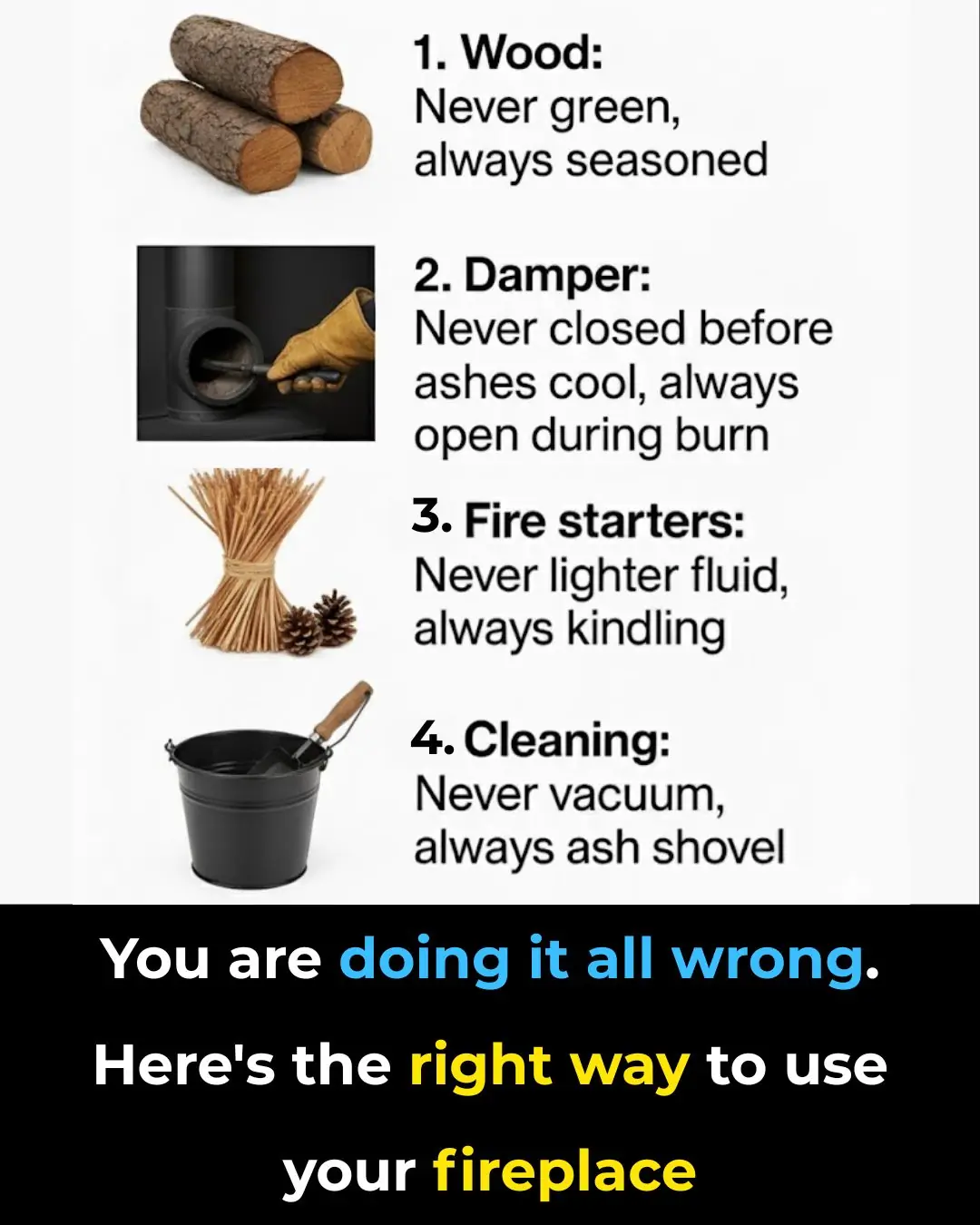
You are doing it all wrong. Here’s the right way to use your fireplace
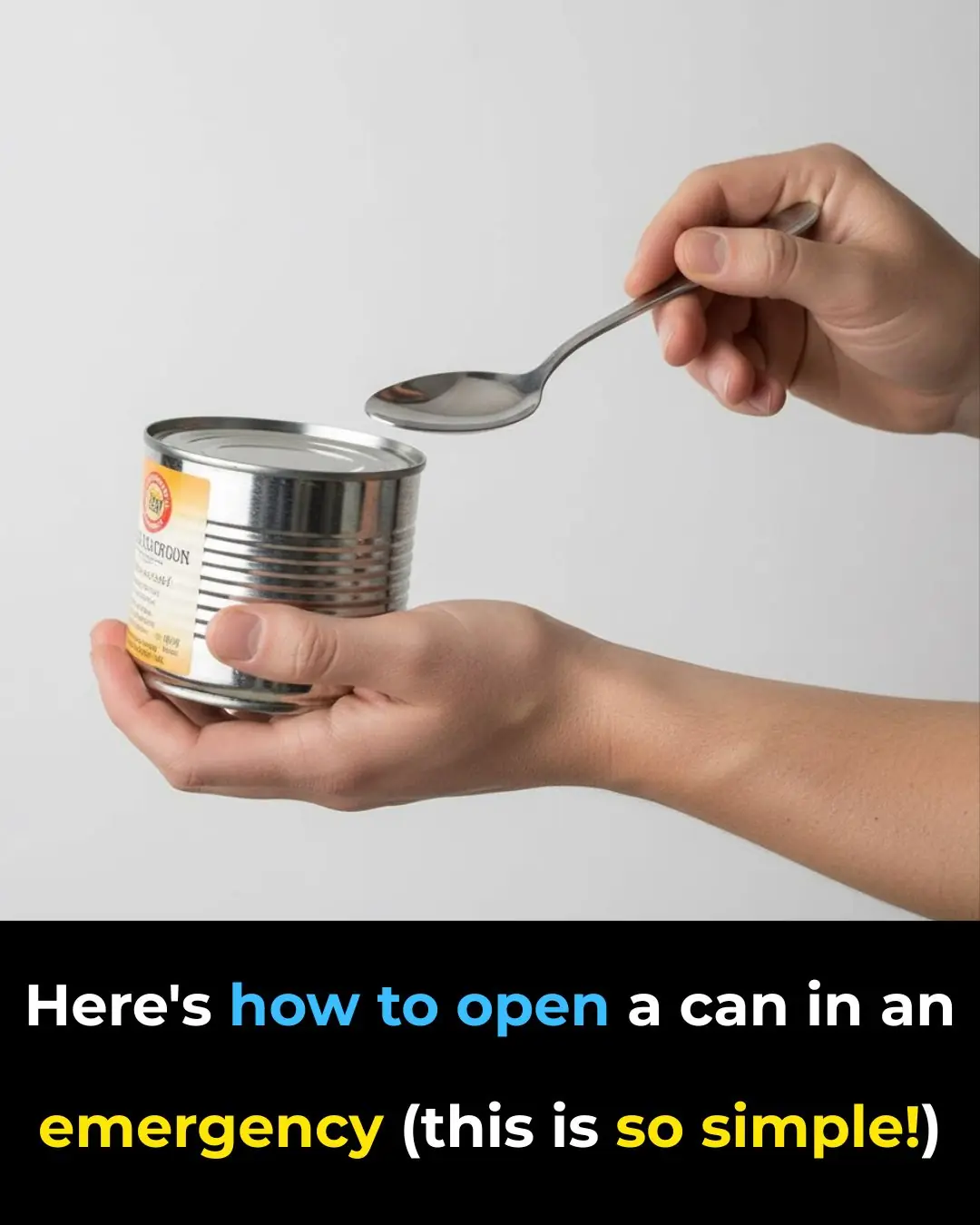
Here's how to open a can in an emergency (this is so simple!)

Most people will never know
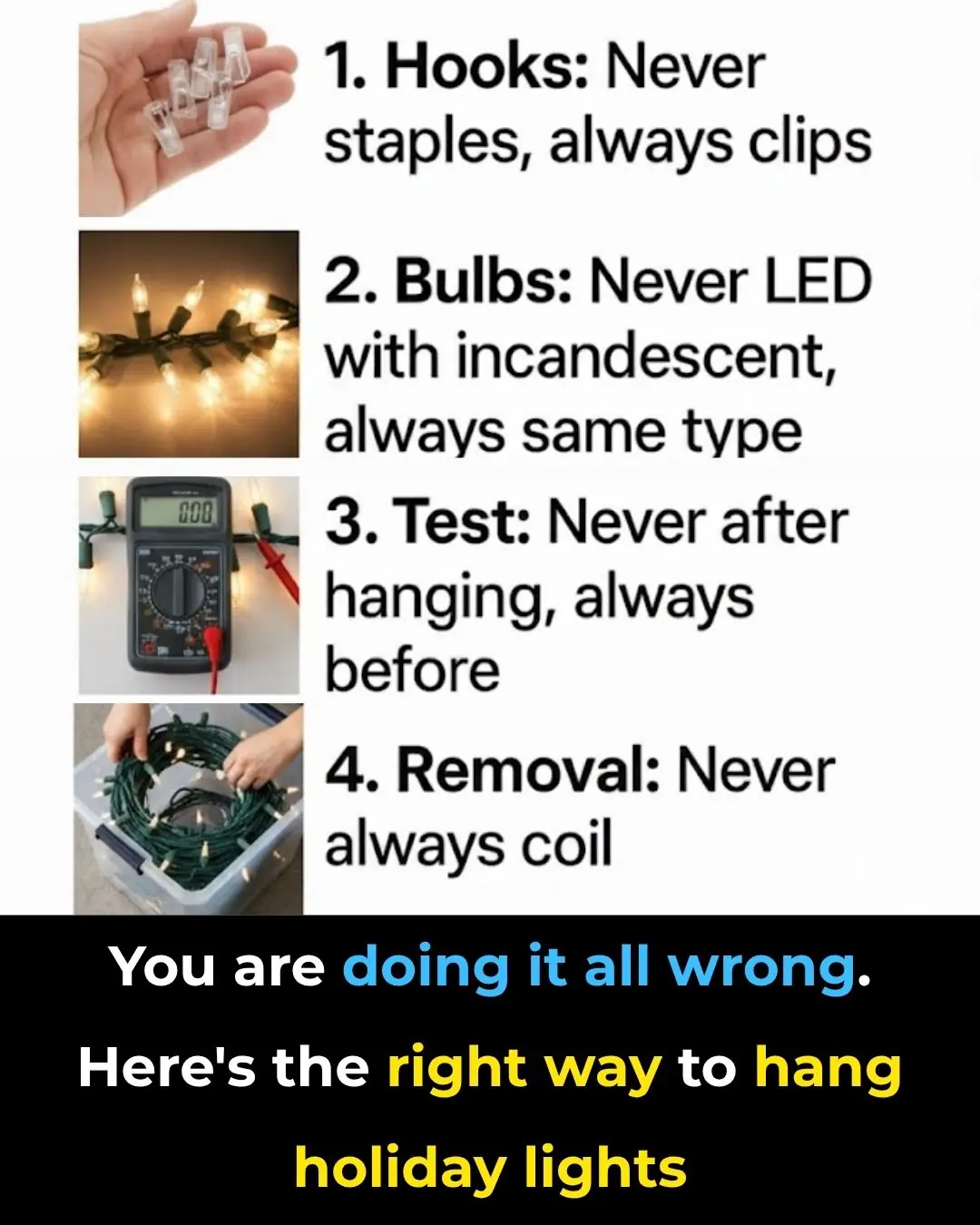
You are doing it all wrong. Here’s the right way to hang holiday lights

Most people have no clue
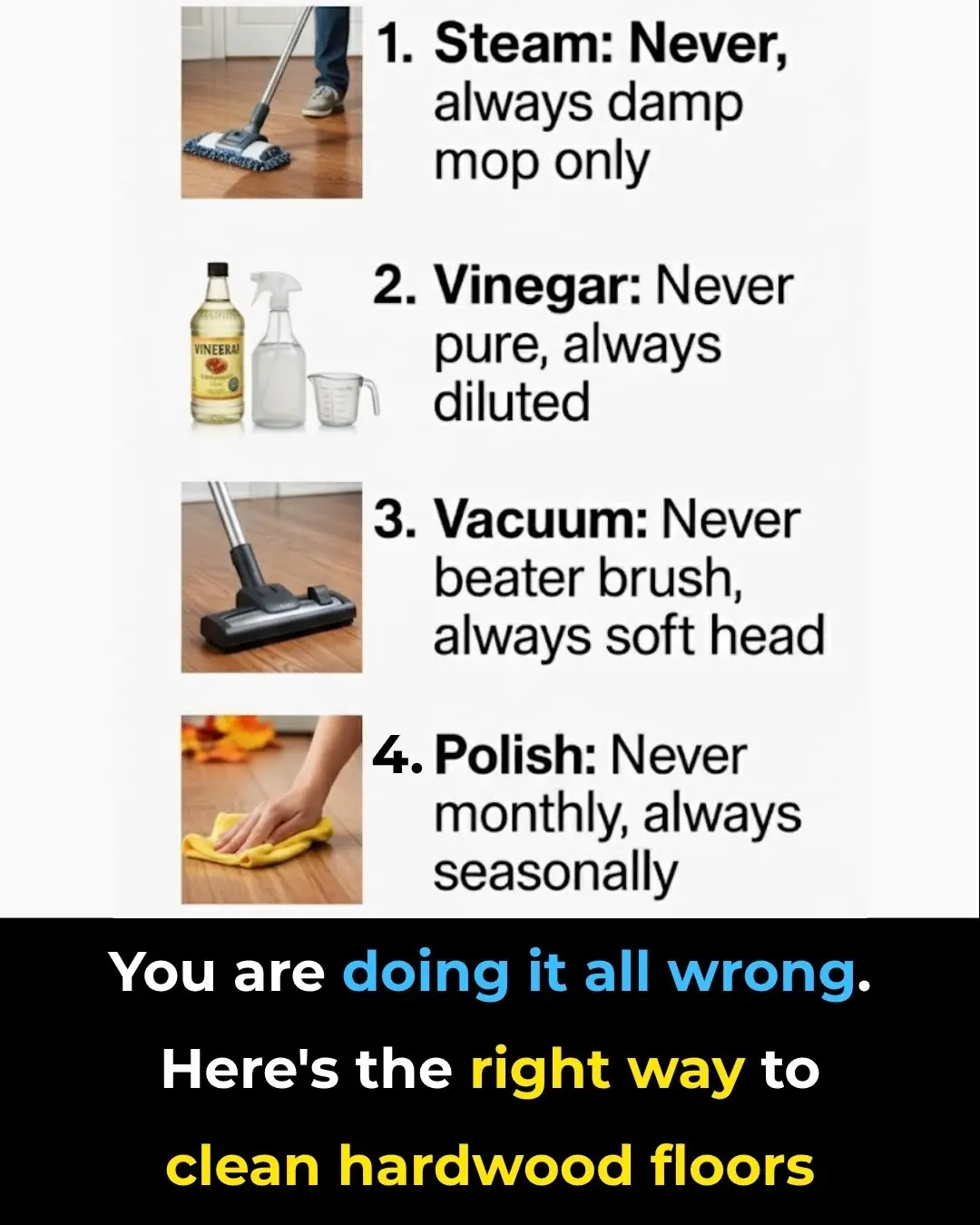
You are doing it all wrong. Here’s the right way to clean hardwood floors
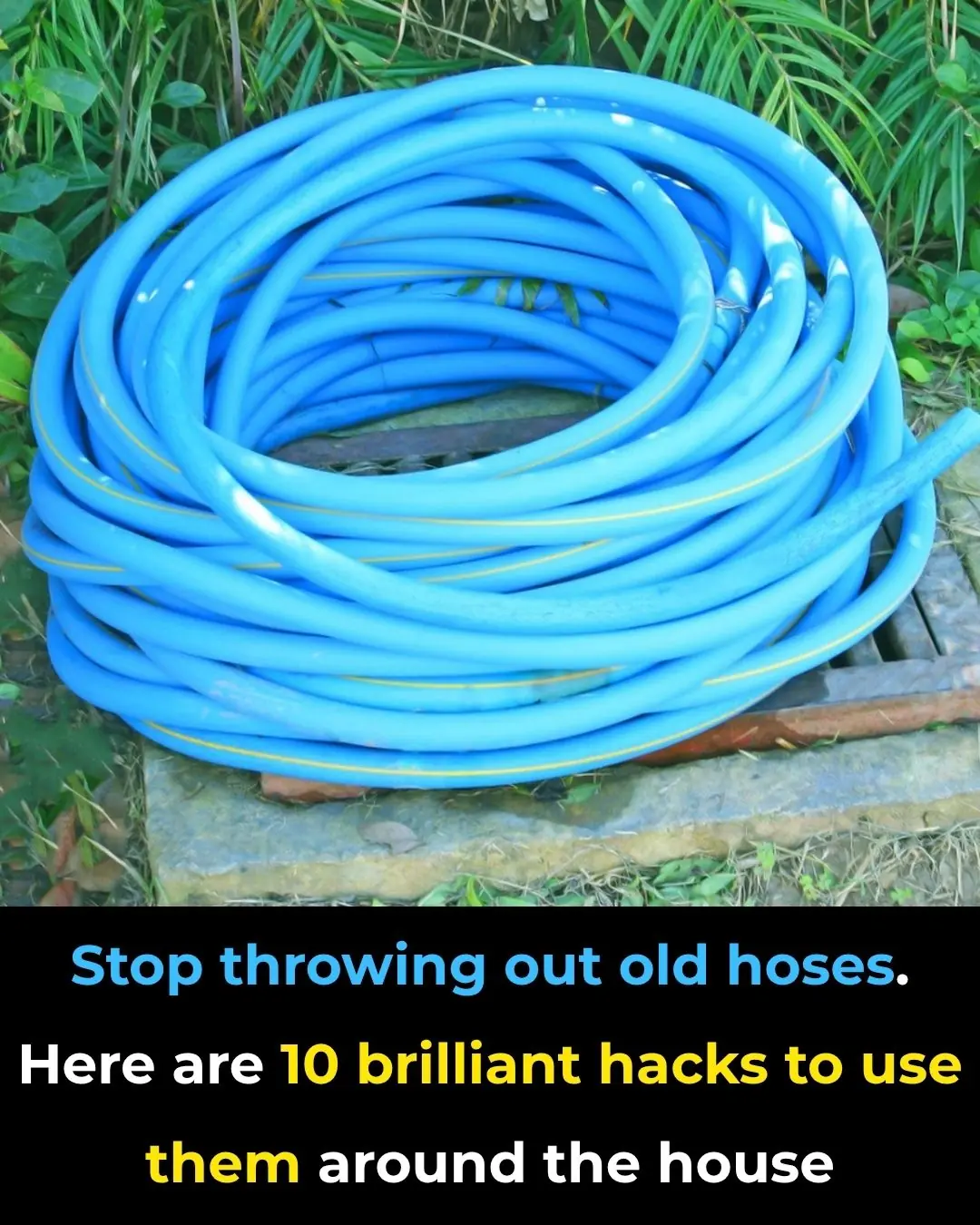
Stop throwing out old hoses. Here are 10 brilliant hacks to use them around the house

My nana taught me this hack to remove oven grease in 4 mins with 0 work. Here’s how it works

Here are 3 simple ways to keep your house free of mice.

After eating grapefruit, don't throw away the peel because it has more uses than you think, not only does it help increase health but it's also good for feng shui.
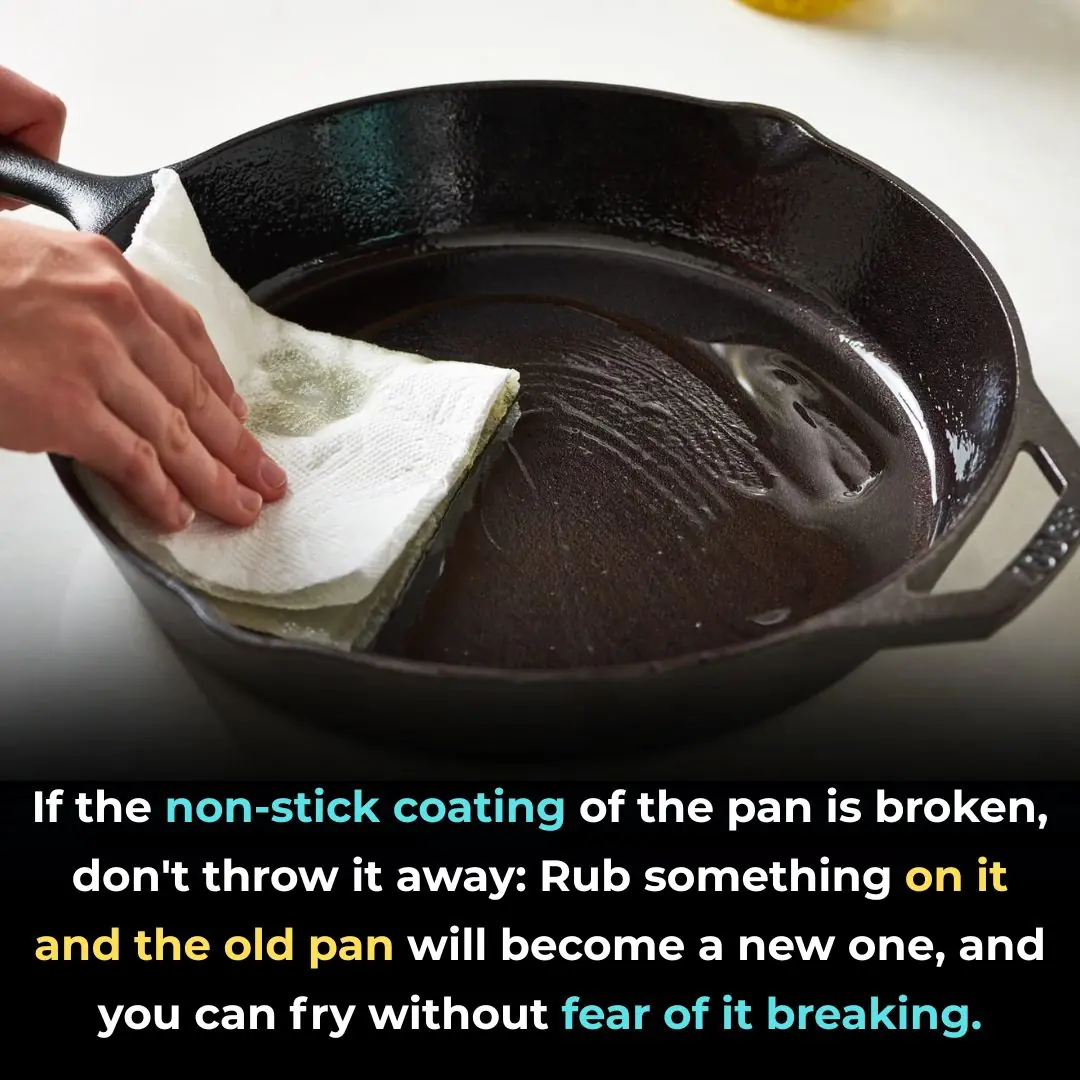
If the non-stick coating of the pan is broken, don't throw it away: Rub something on it and the old pan will become a new one, and you can fry without fear of it breaking.

Take a handful of these leaves and boil water to wash your hair. Your hair will grow thickly and fall out will be reduced significantly.
News Post

Mistake when washing grapes with salt and baking soda: This method only removes insect eggs, and the skin is still edible

Boiling chicken with plain water is outdated: 2 ways to cook chicken without water that make it delicious, tender, and preserve its nutrients

A type of vegetable destroys more than 90% of cancer cells within 48 hours, yet Vietnamese people mistake it for a wild plant growing all over the streets.

A plant with a distinctive aroma: Both a spice and a 'miracle' for health

Bare pork through boiling water, thought clean but soaked in more dirt: This is the most correct thing

A week after applying this method, cockroaches, ants, and mosquitoes no longer appeared in my house.

Scientists Claim Black Hole Could Explode in the Next 10 Years—with 90% Certainty

The Pentagon forced to issue statement following Netflix's new movie 'A House of Dynamite'

Streamer responds after Emiru accuses him of sexual assault, abuse and blackmail
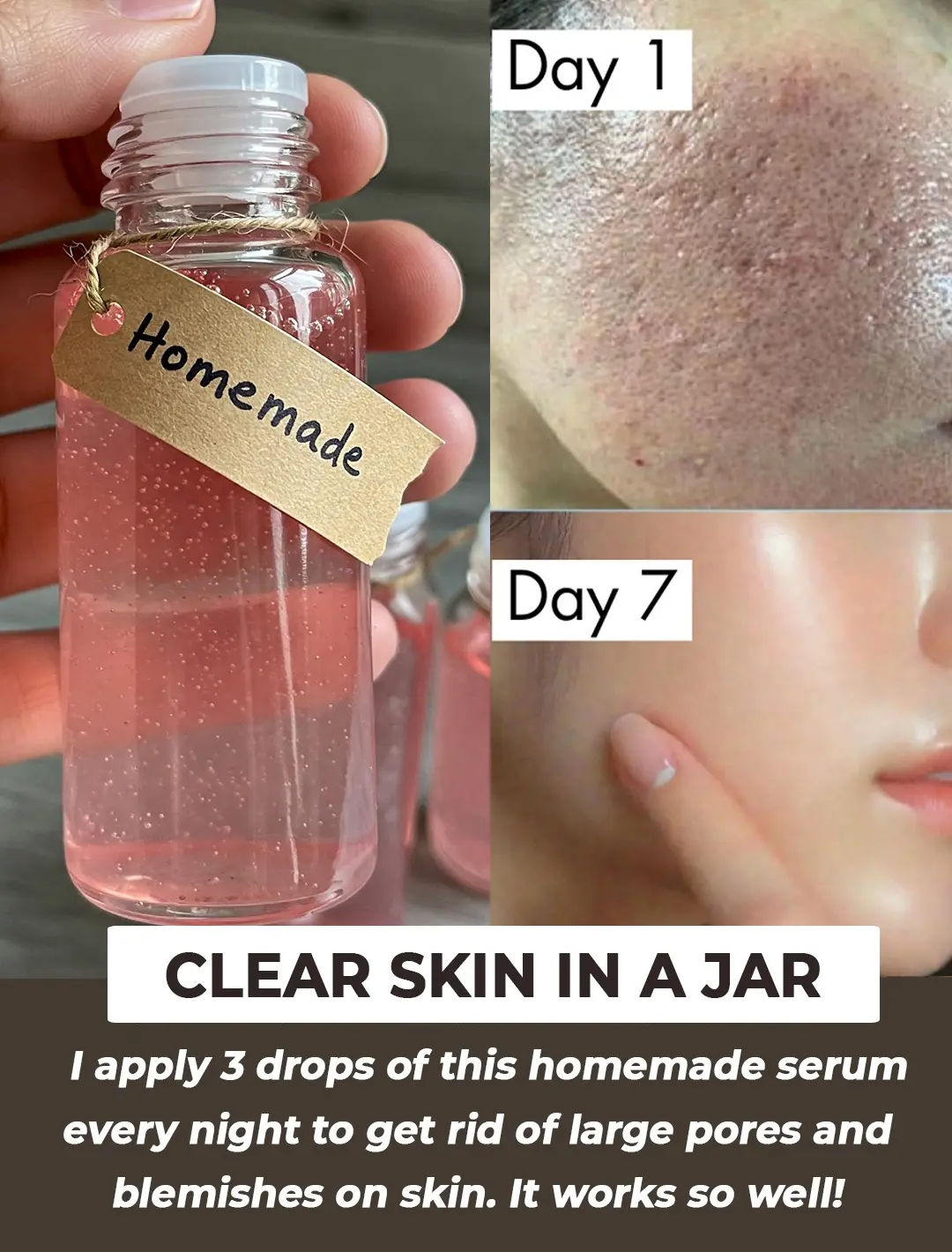
Use This Toner Daily To Get Rid of Large Pores Fast
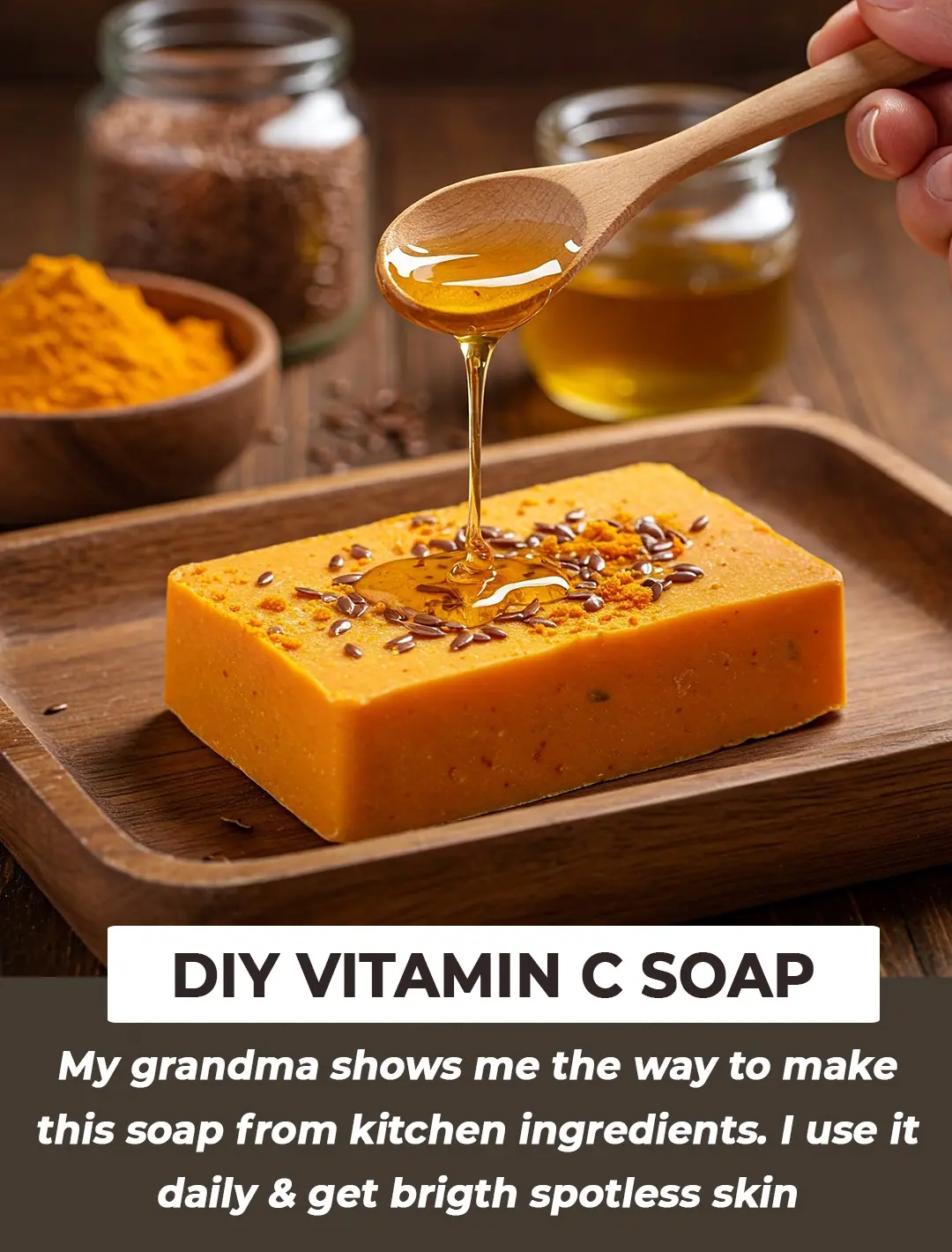
Homemade Vitamin C Soap – Orange Peel Soap & it’s benefits for Skin
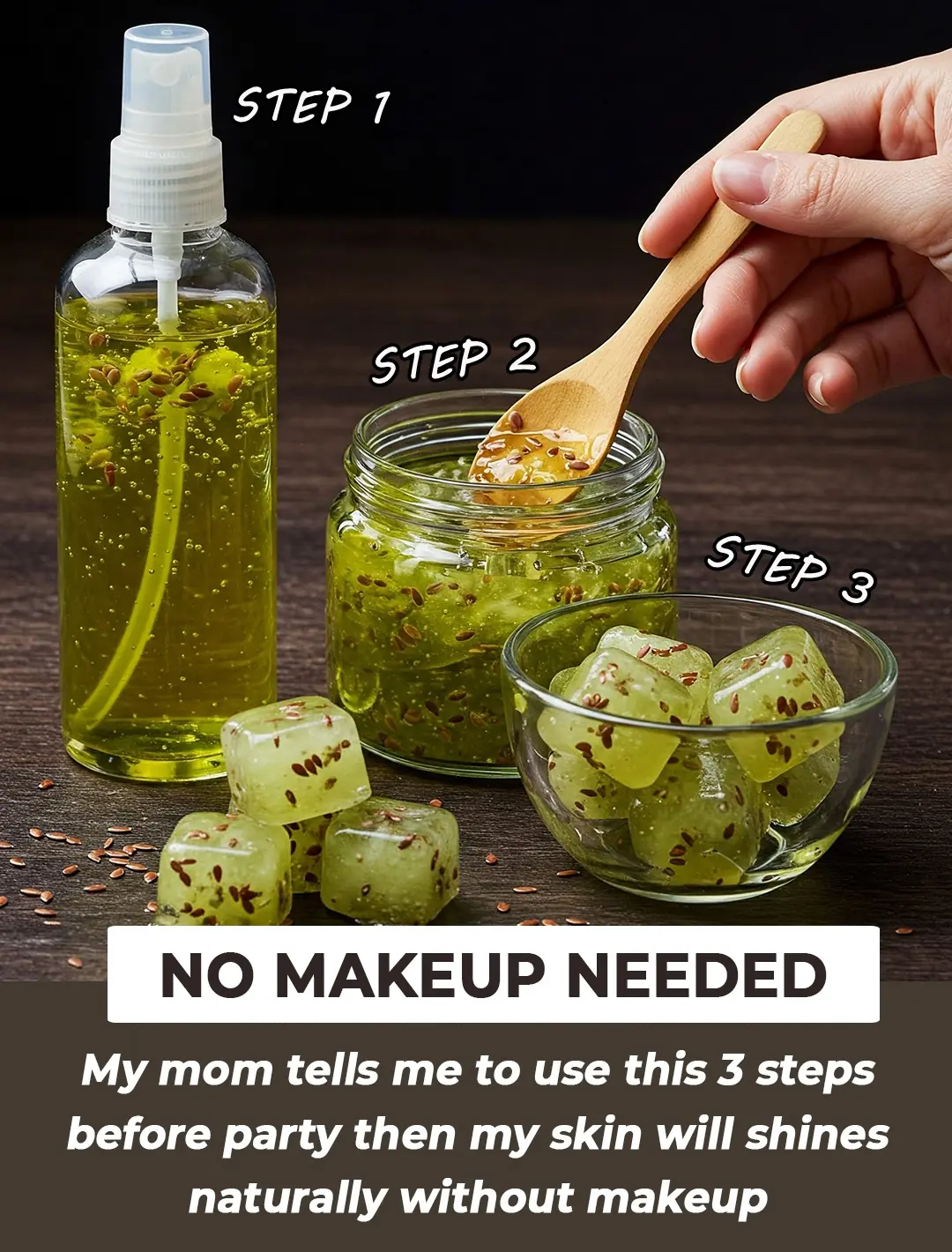
Revitalize Your Skin with These 4 Green Tea Beauty Rituals
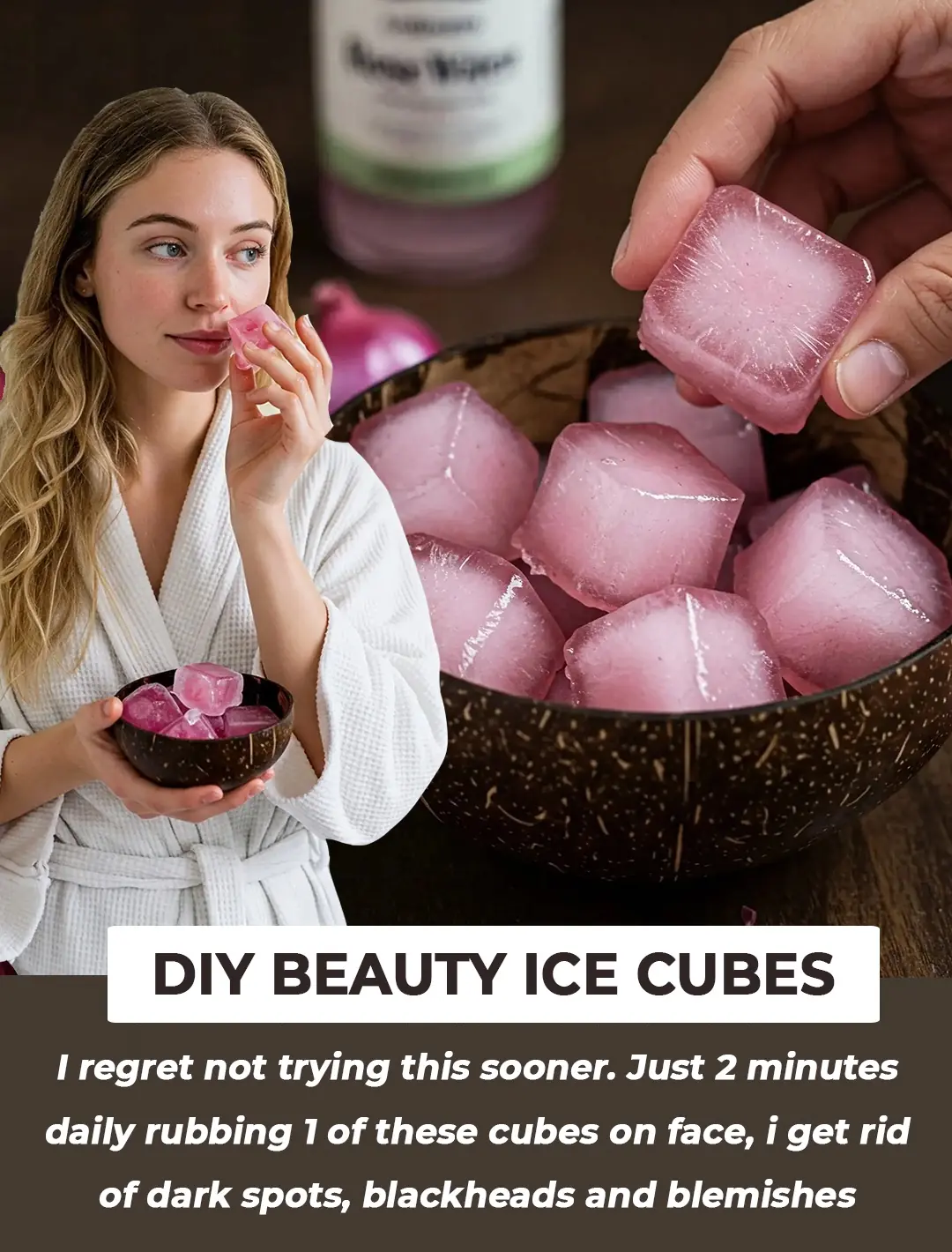
Easy Homemade Beauty Ice Cubes: DIY Skin Treatments You Can Make at Home

Homemade Korean Rice Face Cream For Wrinkle Free, Young Skin

The Ultimate 3-Step Tomato Clean-Up for Instant Glowing Skin: A DIY Guide for Radiant Skin

Transform Your Skin Naturally with Fenugreek Seeds: Ultimate Guide to Acne-Free, Glowing Skin

Homemade Rice Anti-Aging & Brightening Cream: A DIY Korean Skincare Secret for Flawless Skin

Homemade Beetroot Ice Cubes: The Best DIY Skincare Treatment for Glowing, Healthy Skin

Homemade Rice water & Methi Dana Toner for Glowing Skin
